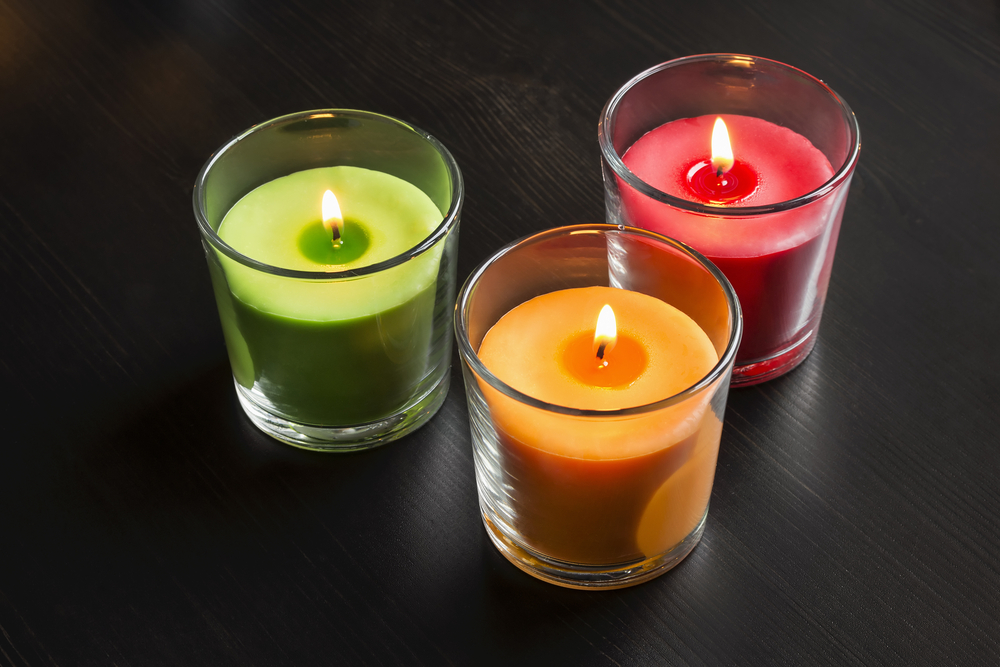Product pricing is a large factor in the success of any candle business. Setting the right prices not only ensures profitability but also defines your position among competing brands. Read on and learn how to price your candles strategically for maximum success in the candle market.
Understanding the Costs of Candle Production
To devise an effective pricing strategy for your candles, it is imperative to have a comprehensive understanding of the costs involved in their production. These expenses encompass a range of elements: raw materials, labor, packaging, and overhead.
A thorough assessment of business expenses allows candle businesses to set competitive prices while ensuring profitability. By knowing your costs inside out, your business will strike the right balance between affordability and value, positioning your candles optimally in the market and gaining a competitive edge.
To help lower production costs within your candle business, consider optimizing your manufacturing process to iron out common bottlenecks and slowdowns. Furthermore, purchase your candle materials and glass candle containers in bulk to save on costs and maintain sufficient inventory.
Analyzing the Market and Competitors

Market research plays a large role in the success of any business, and those in the candle industry are no exception. Researching the candle market and analyzing competitor pricing provides invaluable insights into prevailing industry standards and pricing trends. With this knowledge, strive to price your candles competitively while preserving your brand’s unique value proposition.
By understanding market dynamics, customer preferences, and your competitors’ offerings, you can avoid the pitfalls of underpricing, which erodes profits directly, and overpricing, which deters potential customers. Striking the right balance between affordability and perceived value is essential for attracting and retaining a loyal customer base.
Defining Your Pricing Objectives
Before setting your candle prices, it’s essential that you clearly define your pricing objectives. Whether you aim to maximize profit, gain market share, or establish a premium brand identity, your pricing strategy will revolve around these goals.
Each pricing objective comes with its implications. Pursuing higher profits often requires setting higher prices, while gaining market share generally involves more competitive pricing. By aligning your pricing objectives with your overall business strategy, you will make informed decisions that cater to your target market and ensure a sustainable and successful candle brand.
Find the Optimal Pricing Method for Your Candle Business
There are three common pricing methods that candle businesses utilize, each with its advantages and limitations:
- Cost-Plus Pricing Method: This approach involves adding a markup to your production costs to determine the selling price. It’s a straightforward method that is easy to implement and ensures both cost-recovery and consistent prices. However, this approach ignores market demand and customer perceptions, thus potentially causing missed opportunities for profit optimization.
- Value-Based Pricing Method: With this method, businesses focus on the perceived value of their candles. Candle businesses try to convey this value to their customers, and the candle prices reflect it. By identifying and highlighting your unique value propositions, you will set prices that reflect customer preferences and increase profit potential. However, a candle’s value assessment is subjective, so sales are lost when potential customers disagree with the value.
- Competitive Pricing Method: This approach sets prices based on what competitors charge. It gives you a competitive advantage and helps you respond quickly to market changes. Yet, relying solely on competitor pricing often leads to slimmer profit margins. Moreover, a brand known for being competitive or cheap is often limited in establishing a unique brand identity.
As you ponder these pricing models regarding your business, consider your brand identity and pricing objectives to make a well-informed model of your own.
Pricing for Different Sales Channels
Across your storefronts, it’s important to be as consistent as possible with your candle prices. That is to say, a single, specific candle should have approximately the same price regardless of the purchasing platform, whether in your website’s shop, your Amazon storefront, or elsewhere. Maintaining consistent retail prices across various channels will reinforce to your customers that your brand is fair in its pricing. Moreover, this approach facilitates a unified brand perception to your consumers.
If your candle business sells wholesale or plans to do so, keep in mind that the price per unit of your candles should be lower for the customer. Like other industries in wholesale, wholesale candle suppliers charge lower rates for bulk purchases and establish order minimums to maintain profitability.
Promotions, Discounts, and Sales

Implementing promotions and offering discounts are powerful strategies to entice customers and increase sales for your candle business. Providing limited-time offers or enticing deals will create a sense of urgency and excitement among potential buyers.
While promotions greatly benefit candle businesses and their customers, your business must strike the right balance between promotions and regular pricing. A surplus of discounts may not align with your brand, and overusing promotions may lead customers to perceive your candles as less valuable. Aim to leverage promos strategically, such as during special occasions or to clear excess inventory. To ensure that your regular prices are well-known while avoiding excessive discounts, consider planning for your candle business’ promotions well in advance.
Monitoring and Adjusting Prices
Pricing must be a dynamic aspect of your candle business. Regularly monitor sales and gather customer feedback to evaluate the effectiveness of your pricing strategy. Factors that may trigger price adjustments include seasonal demand fluctuations, new product launches, changes in the competitive landscape, and changes in production costs. Staying attentive to these factors allows you to make informed pricing decisions that align with market conditions and customer expectations.
Conclusion
Setting the right price for your candles does not simply mean covering costs but is also a key factor in positioning your products in the market. Remember to adapt your prices as needed, and view pricing as a strategic tool to achieve business success and sustainable growth. With an attractive brand identity and a well-thought-out pricing strategy, you will surely establish a strong foothold in the candle market.
To expand your brand’s reach, consider offering sample-sized candle bundles to your target audience; learn how to make the best candle sample packs with Glassnow’s guide.

